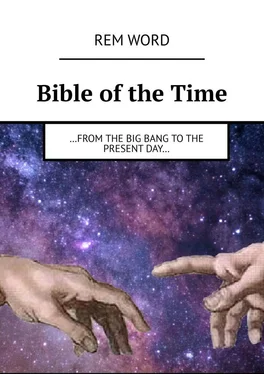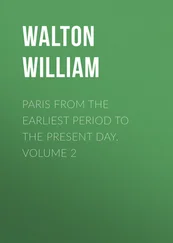One way or another, sea sponges appear, that is, aquatic multicellular animals leading an attached lifestyle, as well as fungi, essence, eukaryotic communities that combine the characteristics of plants and animals. As a result of their vital activity, soil appears.

Gondwana and Laurasia
The single continent of Rodinia is split into two parts. Pieces of sushi diverge to the poles. The northern half is called Laurasia, the southern half is Gondwana.
The sun increases luminosity by 12%. The era of the Precambrian or Cryptozoic, «Hidden Life» (sometimes this is how the aeons of Archean and Proterozoic are called together) ends.
Multicellular beings, namely, higher plants, adorn the Universe with themselves 580 million years ago, laying the foundation for the Phanerozoic («manifest life») aeon. In this period of time we are also living with you.
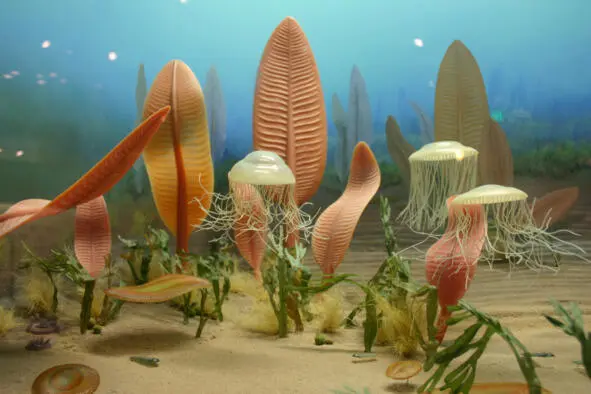
The first messengers of the Phanerozoic. Reconstruction
The first era is called the Paleozoic («Ancient Life»). The Paleozoic is divided into several periods. Let’s remember; Cambrian, Ordovician, Silurian, Devonian, Carboniferous and Permian. These periods of time last for 20—60 million years.
In the Cambrian, organisms learn to build strong skeletons, which can be identified by paleontologists or forensic experts. The star of this period is the trilobite, a pretty rounded arthropod, a kind of prototype of modern cancer.
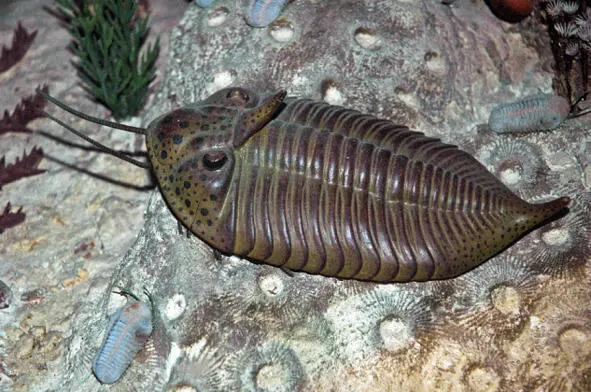
Trilobite
There are those that, with some stretch, can be ranked among the modern cephalopods – reminiscent of octopuses and squids. Their heyday falls on the Ordovician. The Silurian, lasting “only” 25 million years, is marked by two massive (up to 50% of the genera of marine life) extinctions. One of them, which occurred 443 million years ago, Ordovician-Silurian, was caused by the movement of the Gondwana continent to the South Pole and a sharp drop in ocean level. The already thriving brachiopods (something like our oysters), bivalve molluscs, bryozoans (colonies of small worms) and corals were especially affected. The Devonian period is characterized by terrestrial vertebrates, the famous cross-finned fish, insects, as well as gymnosperms (“naked” seeds are hidden in cones), fern and horsetail plants. Shellfish and fish appear. Trilobites, on the other hand, are rapidly dying out with such an abundance of predators. However, a massive pestilence at the end of the Devonian affects more than half of all marine life. The reason for this may be the fall of a comet.
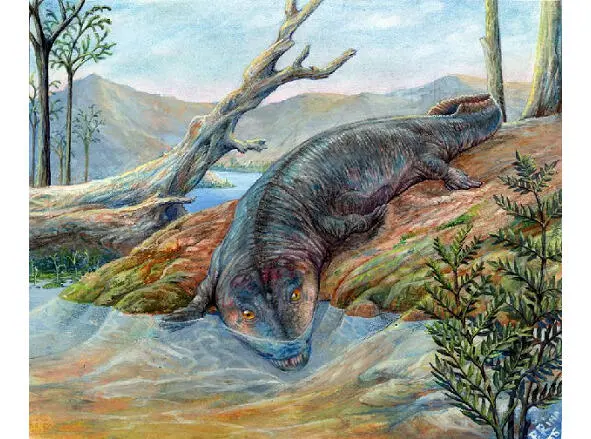
Labyrinthodont
Quite a long (60 million years) Carboniferous period, or Carboniferous, begins 359 million years ago. It is characterized, as the name implies, by intense coal formation. Gymnosperms develop and thrive: conifers, cordaites (trees that resemble these very conifers), and cicadas (a cross between a palm tree and a fern), baluns and horsetails. Amphibians thrive in warm swamps. Here are the stegocephals, they are labyrintodonts, resembling a crocodile-newt, and ripidists, an even larger 8-meter crocodile. In the seas, sharks frolic, reaching 13 meters. lengths Above our heads soar mega-neuras – dragonflies with a wingspan of up to 65 cm. This heady air itself is characterized by an increased – up to 35%, oxygen content (now 21%).
In the Permian period (the name comes from the naming of the Russian city, in the vicinity of which this stage is highlighted), the continents are united in a different way. Formed, washed by the great ocean of Panthalassa, the global land of Pangea.
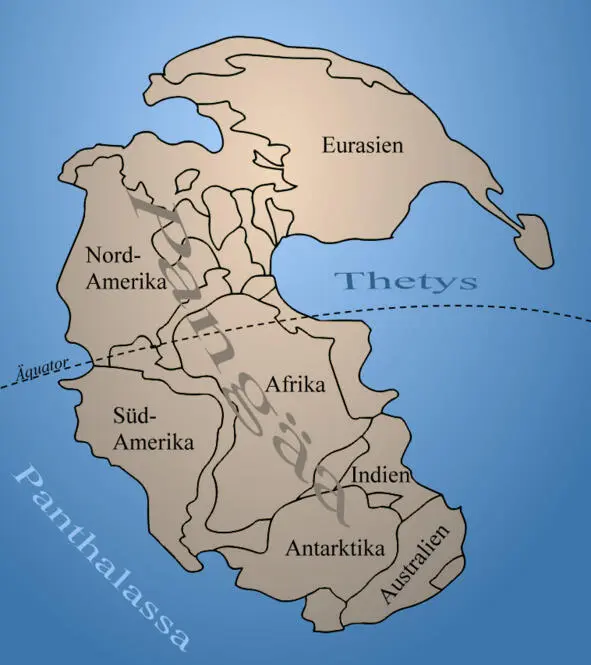
Pangea
In the Jurassic period of the next era, it will split into the six continents we know. The geological process is now characterized by a sharp decrease in the area of inland water bodies and the onset of deserts. Sand dunes cover almost the entire territory of present-day Siberia. Carboniferous deposits (coal) are overlain by Triassic variegated sandstone and shell limestone.
The successes of speciation of the Permian are rather modest – only a few species of insects. The period ends with the largest Permian-Triassic extinction in history, 252 million years ago. In less than 60 thousand years, 96% of marine species, 70% of terrestrial vertebrates and 83% of the insect class die. The main hypotheses of the causes of this event are as follows. The first is the fall of an asteroid with a diameter of several tens of kilometers onto our planet. A crater in the Wilkes Land area in Antarctica, a 300 kilometer ring anomaly, seems to confirm this version. The second is the release of greenhouse gas from frozen and for the time being resting at the bottom of methane hydrates. In this case, the oceans boil, riddled with bubbles, like champagne in a bottle freed from a cork. In less than half a century, the water column releases four trillion tons of methane into the atmosphere. The weather is going crazy, harsh, 6 Сº in a year of warming give way to cold snaps and this is not at all to the liking of the inhabitants of the planet. The third is anoxia (suffocation). Water interacts with hydrogen sulfide released into the atmosphere by Siberian traps, flooding vast territories with lava and losing oxygen. Animal remains also emit hydrogen sulfide, which exacerbates the tragedy.
Be that as it may, the cute trilobites, and with them the Paleozoic itself, comes to an end.
The restoration of the biosphere takes five million years. The Triassic, the first period of the Mesozoic era, opens.
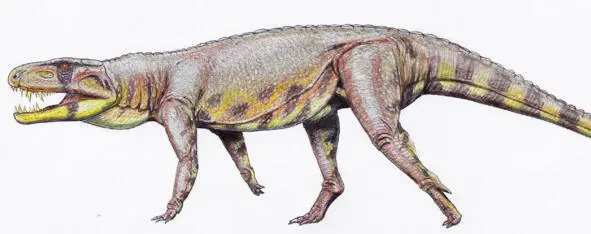
Archosaurus, the initial lizard
Of the surviving reptiles, archosaurs stand out. Who are these «initial lizards»? They are classified according to the characteristics of the skull, nasal septum and jaws. The lucky ones become the ancestors of modern birds and crocodiles, as well as the entire family of dinosaurs. Belemnites appear, a kind of squid, ammonites with shells twisted into a spiral, gastropods (gastropods), i.e., snails, as well as bivalve mollusks known to us – oysters.
Bony fishes, they are also ray-finned fishes, are distinguished from armored fish with ganoid scales (rhombic plates that connect in a semblance of an external skeleton).
A classic turtle is being formed.
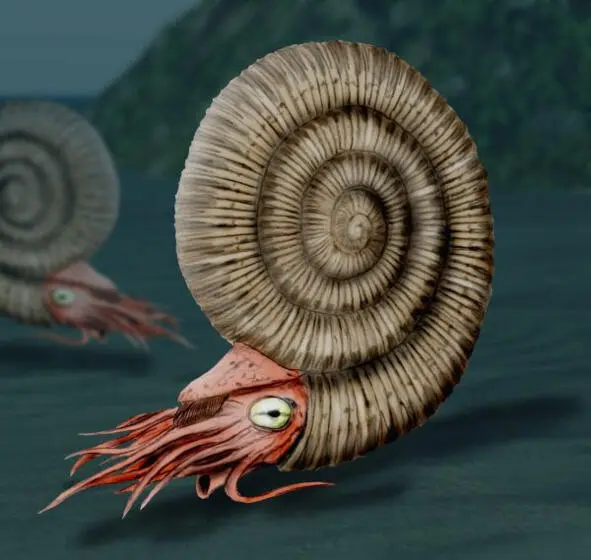
Ammonite
Synapsids, they are also theromorphs, they are animal-like, namely, their suborder cynodonts of the theriodonts group (animal-toothed lizards), according to Darwin’s theory, become the ancestors of us mammals. This lizard has four very long legs, lays eggs, has wool, judging by the structure of the nasal septum, it warms the inhaled air and, in general, is no longer a cold-blooded reptile.
Читать дальше
